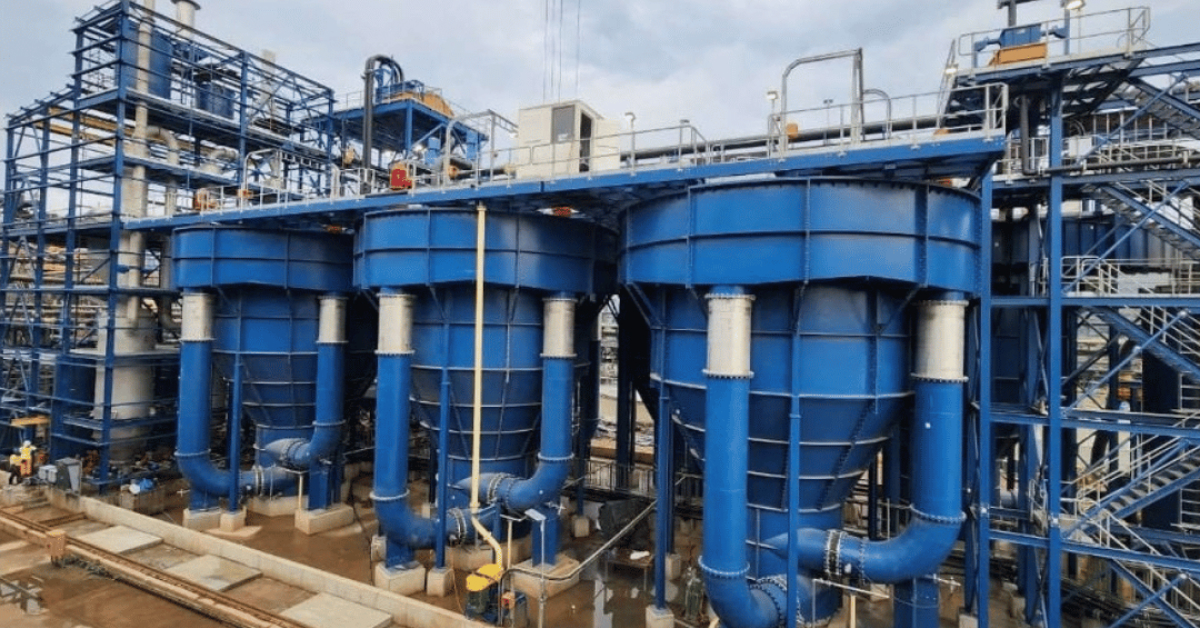By Dr. Hennie de Clercq,
retired CEO, SAISC
I would like to report back on the survey we did recently in an effort to guide us in deciding whether to go to the Eurocode for the design of structural steelwork.
We received 151 responses to our questionnaire, for which we truly and profusely want to thank everybody who responded.
A SUMMARY OF THE DATA
(Not showing the very low numbers)
Where do you work?
Profession?
Percentage of your time spent on… (Note: adds up to less than 100%)
Percentage of your projects located in…
What code do you presently use for steel design for projects in SA?
(Note: adds up to more than 100%)
And for outside SA (62% of the respondents reported under this heading)
Familiarity with the Eurocodes:
Concrete design %
9.3% said there was some other aspect of the Eurocodes they were at least
somewhat familiar with.
DO YOU THINK WE SHOULD GO FOR THE EUROCODE?
No, don’t: 47% vs. Yes, do: 49%
Now let me admit: having worked through the results and read all the comments, I wasn’t prepared for the tally on how many of the respondents (clearly a bunch of people who spend more time on steel design than on concrete or anything else, i.e. a sample with a steel bias – exactly what we were hoping for) thought that the Eurocode was the thing for us. Among those who voted for the Eurocode were 33% of the academics, 59% of the consultants and 38% of the EPCM people. 59% of those who support the Eurocode had at least some familiarity with it, but 41% had none. Among those who still use pre-SANS 10162-1 codes 55% are in favour of the Eurocode.
I hope nobody will be affronted when I say that the last two statistics remind me of what an engineer recently said to somebody I know: “I think we should go for the Eurocode, but I still prefer BS449”. Taking some of the comments received from respondents into account, I read this as: “I think the Eurocode is the superior code on the globe and I guess it will help us latch onto the rest of the world, even though I have not had the time or reason to spend the effort required to get to grips with SANS 10162-
1. In any case, deep down I feel that simpler codes probably serve engineers and humanity better than these ones that go to the nth degree and require a lot of design time, and I am suspicious as to whether they make structures either safer or more economical”. About the comments received I can say that several were quite vehemently opposed to the introduction of the Euronorm; those in favour typically made their views dependant on such things as that the right software had to be made available.
My view of the situation at present is as follows:
■ The skills situation in the country is such that we cannot afford to introduce a new, complex code; it will not be generally accepted and implemented before almost the entire corps of currently active engineers has been replaced – some 20 years.
■ CEN will not allow us to do anything with the Eurocode other than to adopt it exactly as any member of the EU would do: adopt the whole caboodle, without changing one iota, by means of the specified national annexes. The complete set of standards is hugely comprehensive, complex and very expensive, with a high degree of interreference.
■ Some Eurocodes are unacceptable to us. EN 1993-1-3, dealing with cold formed sections, is an example. We have recently adopted, as SANS 10162-2, the Australian standard AS/NZS 4600, which is based on the North American standard (and is thus in effect a sister code of SANS 10162-1), because our light steel framing industry has very close Australian ties. Moving to another code would be unconscionable.
■ There is no international trend towards the Eurocode. As far as we know, outside Europe only Singapore and Malaysia are adopting it, while Australia and other countries are quite strongly opposed to it and the Chinese, Japanese, Indians and others don’t even think about it. Many more structures are designed in the world (and maybe even in Europe?) to other standards than to the Eurocode.
Taking note of all of the above, I would like to recommend the following. Let us resolve to put the Eurocode firmly on the back burner, until a time arrives when it becomes clear that it (or another set of codes) is clearly the right thing for the country. In the meantime, anybody is free to study the Eurocode and to use it for designing structures, even in South Africa if needs be. It is surely a good set of reference documents. But let us, until a groundswell for change develops, not live in an atmosphere where we act as though our code is on the way out and do such things as to base the education of students on the Eurocode.
The SAISC is in the process of updating SANS 10162-1, one of the objectives being to bring it in line with the newest edition of the Canadian code.
If you have any strong views on this matter, feel free to let me have your comments as soon as you can. If the feedback is such that it becomes clear that the above recommendation is contra the feelings of a significant number of steel designers I will refer the issue to others.






